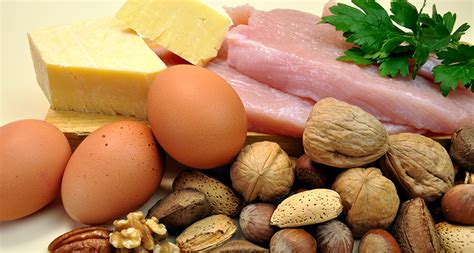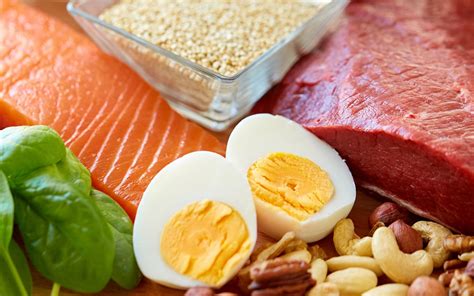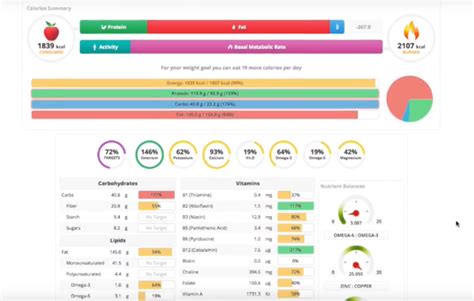What’s the optimal daily protein for peak muscle growth & recovery?

The Foundation of Muscle: Why Protein Matters
Protein is arguably the most critical macronutrient for anyone looking to build muscle, enhance strength, or improve physical recovery. Composed of amino acids, the building blocks of muscle tissue, protein plays a pivotal role in muscle protein synthesis (MPS) – the process by which your body repairs damaged muscle fibers and builds new ones. Without adequate protein, your body struggles to repair the microscopic tears that occur during exercise, hindering both growth and recovery.
Beyond its structural role, protein contributes to satiety, supports immune function, and is essential for hormone and enzyme production. For athletes and fitness enthusiasts, understanding the optimal daily intake isn’t just about meeting minimum requirements; it’s about maximizing their physiological potential.

Determining Your Optimal Protein Zone
While general dietary guidelines often suggest a lower protein intake, research consistently shows that individuals engaged in regular resistance training or high-intensity exercise require significantly more protein to optimize muscle growth and recovery. The consensus among sports nutritionists and researchers typically falls within a range.
- For active individuals aiming for muscle growth: The commonly cited range is 1.6 to 2.2 grams of protein per kilogram of body weight (or 0.73 to 1.0 gram per pound of body weight) per day.
- For advanced athletes or during calorie deficits: Some evidence suggests that intakes slightly higher, up to 2.5-3.0 grams per kilogram (1.1-1.4 grams per pound) per day, can be beneficial for preserving lean muscle mass during aggressive fat loss phases or for highly trained individuals to further support recovery and hypertrophy.
It’s important to note that these are general guidelines. Individual needs can vary based on several factors.

Factors Influencing Your Protein Needs
Your optimal protein intake isn’t a static number; it’s dynamic and influenced by:
- Activity Level and Type: Those performing intense resistance training or endurance sports will have higher needs than sedentary individuals.
- Body Composition Goals: Building muscle (hypertrophy) generally requires higher intake, as does maintaining muscle during a calorie deficit (fat loss).
- Age: As we age, our body experiences ‘anabolic resistance,’ meaning it becomes less sensitive to protein’s muscle-building signals. Older adults may benefit from slightly higher protein intakes (e.g., 1.2-1.7 g/kg) to counteract sarcopenia (age-related muscle loss).
- Sex: While fundamental needs are similar per kilogram of body weight, total intake may differ due to average body size.
- Overall Diet: Adequate carbohydrate and fat intake can spare protein from being used for energy, allowing it to focus on muscle repair and growth.

Timing, Type, and Distribution: Maximizing Protein’s Impact
Beyond the total daily amount, how you consume your protein also plays a role:
- Protein Distribution: Spreading your protein intake evenly throughout the day (e.g., 20-40g per meal or snack, 4-6 times daily) is generally more effective at stimulating MPS than consuming large amounts in one or two sittings.
- Pre/Post-Workout: While the ‘anabolic window’ may not be as narrow as once believed, consuming protein before or after training can be beneficial. A protein source with essential amino acids (EAAs), especially leucine, is ideal for kickstarting recovery.
- Before Bed: A slow-digesting protein like casein before sleep can provide a sustained release of amino acids, supporting overnight muscle repair and growth.
- Quality of Protein: Prioritize complete protein sources that contain all nine essential amino acids. Animal sources (meat, poultry, fish, eggs, dairy) are naturally complete. Plant-based individuals can combine various sources (e.g., legumes with grains) to ensure a full amino acid profile.

Practical Strategies for Meeting Your Goals
Hitting your optimal protein target consistently can seem daunting, but with a few strategies, it becomes manageable:
- Prioritize Protein at Every Meal: Make protein the centerpiece of your breakfast, lunch, and dinner.
- Smart Snacking: Opt for protein-rich snacks like Greek yogurt, cottage cheese, nuts, seeds, or protein bars.
- Utilize Protein Supplements: Whey protein, casein, or plant-based protein powders can be convenient and effective ways to boost intake, especially post-workout or when whole foods aren’t readily available.
- Meal Prep: Planning and preparing protein-rich meals in advance can ensure you have healthy options readily available.
- Track Your Intake (Initially): For a week or two, use a food tracking app to get an accurate sense of your current intake and identify areas for improvement.

Conclusion: Personalizing Your Protein Journey
There’s no one-size-fits-all answer to the optimal daily protein intake, but research provides strong guidelines for maximizing muscle growth and recovery. For most active individuals, aiming for 1.6 to 2.2 grams per kilogram of body weight is an excellent starting point. Pay attention to the quality of your protein, distribute it throughout the day, and consider your individual goals, age, and activity level.
By making protein a cornerstone of your diet, you provide your body with the essential tools it needs to adapt, repair, and grow stronger, ultimately paving the way for peak performance and recovery.







